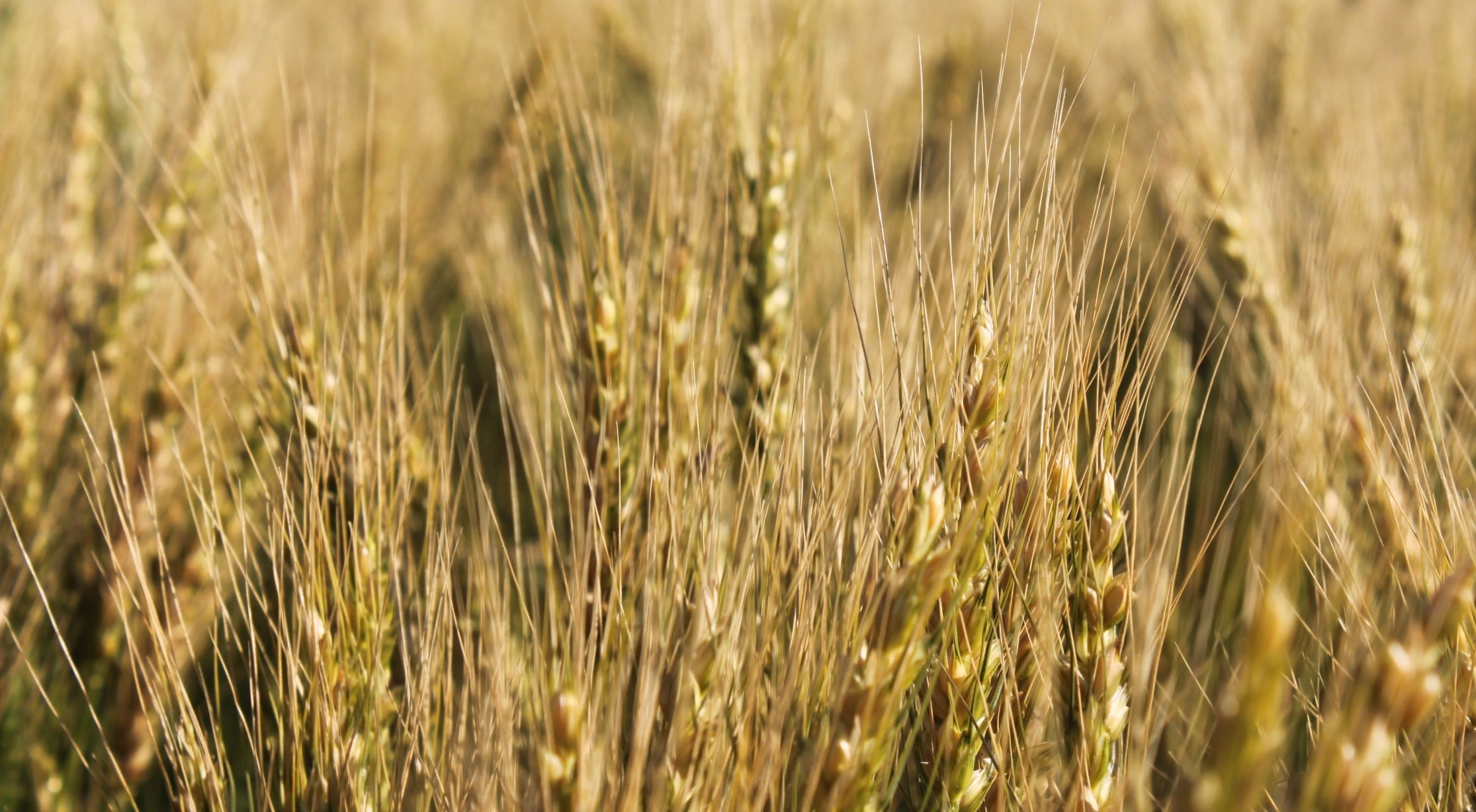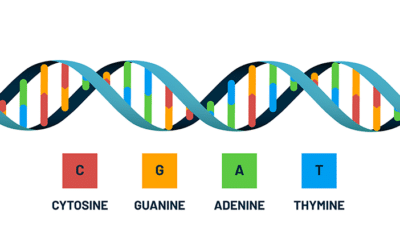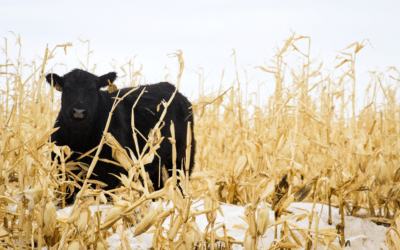Jim Bagshaw, Alliance Seed
If you’ve looked into buying certified seed lately, you’re probably feeling a little sticker shock. Certified wheat seed, for example, will set you back a whopping $4/bu or more on average this year than it did last year. Certified flax seed was selling for $40, then $45/bu, and even reached $50+/bu. Canola, barley, oats, peas: no matter your crop selections, seeding new seed is going to cost you more this year than it did in the spring of 2021. And yet – and hear me out before you call me crazy – certified seed is arguably the cheapest it has been in a decade.
Last year, the wheat in your bin was worth about $6-8/bu; buying certified seed cost in the range of $12-16/bu. This year, wheat sold as grain is capturing as much as $12+/bu whereas new seed is priced at around $16/bu. On a relative cost basis (ie: the cost of certified seed minus the cost of grain), last year’s certified seed cost $6+/bu; this year’s costs around $4/bu. Consider an even more extreme example: while $50+/bu certified flax may sound outrageous, its nominal cost is actually lower than last year given that flax grain is currently selling for $40+/bu.
Look at it another way: how many bushels do you need to grow to cover your seed cost? Last year you had to grow 1.5 to 2.0 bu/ac to pay for your wheat seed, but this year you only have to grow 1.25 to 1.5 bu/ac. That means today’s higher priced seed is actually saving you money.
I’ve never been sure why, but farmers tend to have a very different measuring stick for seed costs versus fertilizer costs. Whereas they’re often willing to forego certified seed and ultimately limit their yield because they believe buying new seed is too expensive, they’ll quite willingly spend additional dollars on more fertilizer to maximize production. From the many times I’ve hashed this topic through with various farmers, I’ve learned that many farmers view seed as a consumable but fertilizer as a true input.
Again, let’s look at the math.
Assuming commodity prices stay high, maximizing production will maximize returns. That’s why, as farmers know, short-changing a crop on fertilizer – a bad idea even when commodity prices are low – truly shoots you in the foot when prices are high. The same holds for maximizing production through genetics. Many of today’s best new varieties offer a yield benefit of three, five, even seven per cent over older varieties. In addition, certified seed offers guaranteed variety purity, and reduces the risk of seeding weed seeds and certain pathogens. Together, those benefits translate to a cleaner, less stressed, higher yielding crop. Just like fertilizer, seed’s price tag needs to be considered in the context of the cost-benefit analysis of the total production cycle.
Ultimately, the question I ask farmers is: how much yield benefit are you missing by trying to save a few dollars upfront? When I lay out the math, about two-thirds of farmers see where I’m coming from. The other third remain philosophically opposed to the numbers and, in doing so, shortchange themselves.
At today’s prices, certified seed is among the smartest investments a farmer can make. I was talking to a seed grower yesterday who summed it up best. He said: “Certified wheat shouldn’t be $16/bu. If I included all the costs and extra work for producing the seed, it would be $20/bu or more. I can’t price it where it should be because I’d scare everyone off. But if they just pulled out a calculator on what it costs versus what they’ll gain, I’d be sold out yesterday.”
Related Links:
Why You – Yes You – Should Be Growing Wheat Midge Tolerant Varieties





